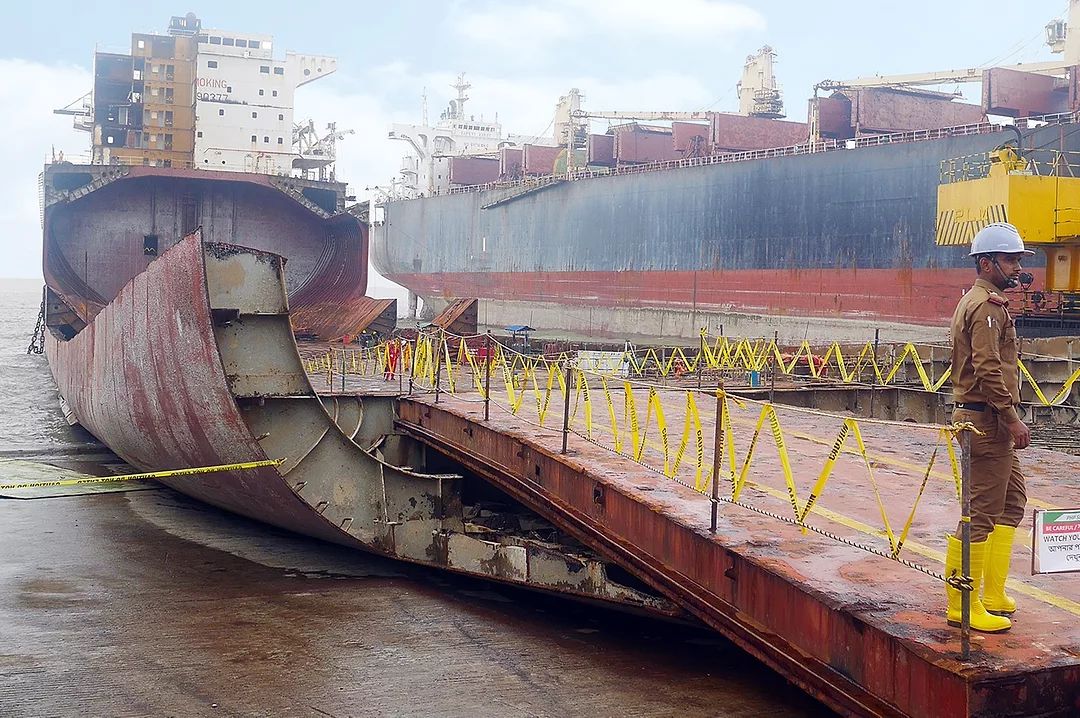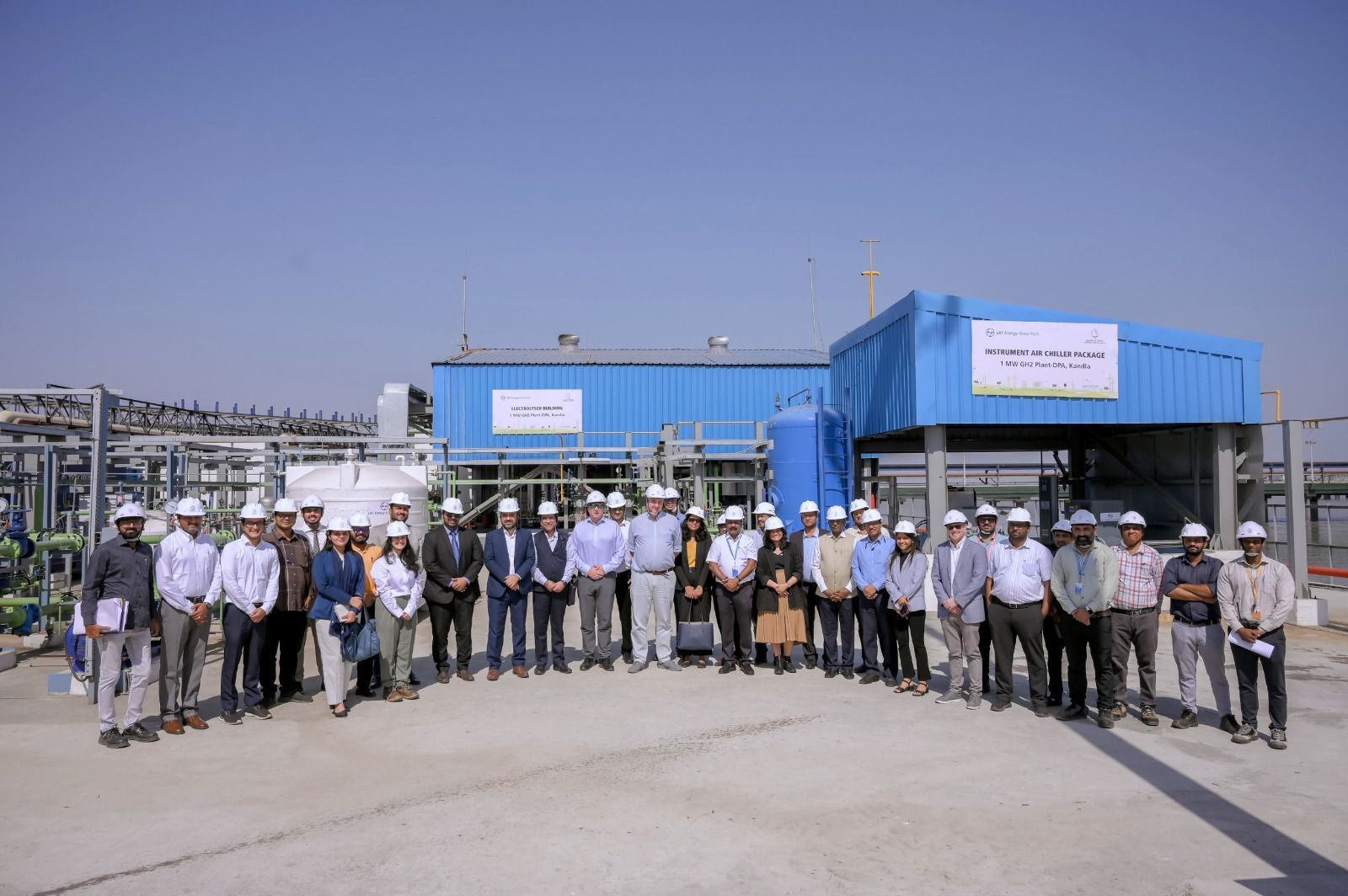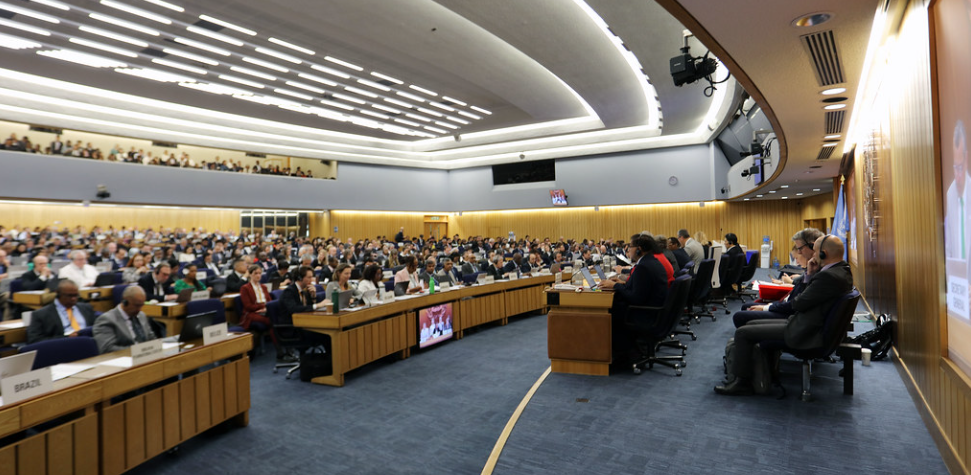Sonowal Announces ₹1000 Crore Push for Inland Waterways in Northeast India
Union Minister for Ports, Shipping and Waterways, Sarbananda Sonowal, on Monday, announced a new investment of ₹1,000 crore in the inland waterways sector in Assam and the Northeast, targeting project completion by 2026. This declaration came during a high-level review meeting held in Guwahati to assess the progress and future course of inland water transport infrastructure in the region.

The meeting witnessed participation from senior officials representing the Ministry of Ports, Shipping and Waterways, the Inland Waterways Authority of India (IWAI), Public Works Department (PWD), Cochin Shipyard Limited (CSL), and the Indian Port Rail and Ropeway Corporation Limited (IPRCL).
The discussions focused on enhancing cargo handling capabilities, tourism potential, and improving regional connectivity through inland waterways. Rs. 1,000 Crore Investment Pipeline: A Renewed Push Toward Viksit Bharat Addressing the media after the review, Sonowal affirmed the central government’s strong commitment to Northeast India, in line with Prime Minister Narendra Modi’s Viksit Bharat vision.
“Under the vision of Prime Minister Narendra Modi ji, we are developing robust inland waterway infrastructure in Assam and the Northeast. Projects worth ₹1,000 crore are on the anvil for completion by 2026. In the last two years, ₹1,000 crore has already been sanctioned. Of this, ₹300 crore worth of projects are complete, while ₹700 crore more are set to be completed by the end of 2025,” Sonowal said. He reiterated that the Northeast remains a strategic focus for the Modi government, with its development forming a cornerstone of national policy.
The goal, he said, is to not only integrate the region into the larger logistics ecosystem of India but also to position it as a key player in India’s Act East policy. Maritime Skill Development: Empowering Youth for a New Economy One of the highlights of Sonowal’s address was the emphasis on skilling the youth of the Northeast for future maritime and logistics jobs. He spotlighted two institutions at the forefront of this initiative: the Maritime Skill Development Centre in Guwahati and the Centre of Excellence for Inland Water Transport in Dibrugarh.
“These institutions are being developed to prepare a future-ready workforce. Our youth will be trained in logistics, vessel operations, and cargo handling — areas vital to the sustainable growth of this sector,” Sonowal said. The idea is to build a local talent pool that can support and sustain the surge in inland water transport activities across the region. By investing in both physical and human infrastructure, the government hopes to create a virtuous cycle of employment and economic upliftment.
Major Projects Along the Brahmaputra and Barak Rivers A significant portion of the investment is being channeled toward infrastructure projects on National Waterway-2 (Brahmaputra River) and National Waterway-16 (Barak River). These projects are designed to enhance both commercial cargo movement and cruise tourism, bringing new economic opportunities to the region.
Key Projects and Investments: ₹1,500 crore earmarked for cruise and cargo infrastructure by 2027–28. New jetties are under construction or planned at Silghat, Bishwanath Ghat, Neamati Ghat, and Guijan to boost connectivity. A ₹208 crore ship repair facility at Pandu will provide critical maintenance infrastructure, reducing dependency on ports outside the region. The Guwahati-Dibrugarh Water Metro project, with a budget of ₹315 crore, includes two electric catamarans built by Cochin Shipyard Limited, aiming to revolutionize urban water mobility. A dedicated ₹100 crore cruise terminal in Guwahati is underway to encourage domestic and international tourism. A ₹120 crore Regional Centre of Excellence (RCoE) is being developed in Dibrugarh to serve as a nodal research and training hub.
Sonowal also reviewed the progress of the inland water transport project at Doyang Lake, and assessed the tourism potential of Noune and Shilloi Lakes in Nagaland, envisioning their transformation into vibrant water sports and eco-tourism destinations. Navigability and Long-Term Sustainability Ensuring year-round navigability of waterways, especially the Brahmaputra, remains a top priority. Sonowal disclosed that the Dredging Corporation of India (DCI) has been entrusted with maintaining a minimum draft of 2.5 meters from the Bangladesh border to Pandu.
This will ensure seamless movement of cargo vessels and passenger ferries, even during lean water periods. For this purpose, ₹191 crore has been sanctioned through 2026–27, which includes: Procurement of two cutter suction dredgers. Acquisition of advanced hydrographic survey equipment to assess riverbed conditions in real-time. On the Barak River, floating terminals are being developed at Karimganj and Badarpur. These are critical nodes in the government’s mission to transform the Northeast into a maritime gateway, capable of directly connecting with neighboring Bangladesh and other Southeast Asian economies via inland water routes. Strategic Implications: Boosting Trade, Tourism, and Connectivity The aggressive push into inland waterway infrastructure in the Northeast is not just about physical assets; it’s part of a broader geostrategic and economic shift.
With overland trade routes becoming saturated and costly, water transport offers a greener, cheaper, and more sustainable alternative. By enhancing links to Bangladesh through protocol routes, India is also unlocking cross-border trade potential. The Brahmaputra and Barak rivers have long served as natural highways. With formal infrastructure and policy support, they could once again become the backbone of regional commerce. The promotion of cruise tourism is expected to generate employment in hospitality, transport, and local crafts, while also showcasing the unique cultural and ecological richness of Assam and its neighboring states.
Looking Ahead The Guwahati review meeting signaled the next phase of rapid infrastructure rollout. With major groundwork laid, the focus will now shift to execution and timely delivery. Officials from IWAI and partner organizations have been directed to maintain strict timelines, ensure community engagement, and comply with environmental standards. Sonowal’s visit underscores the central government’s commitment to integrating the Northeast more tightly with the national economic grid.
As he aptly noted, “The Northeast is not just a gateway to Southeast Asia but a key driver in India’s maritime future. We are investing in both talent and infrastructure to usher in a new era of inland transport and economic growth.” With bold investments, strategic foresight, and inclusive planning, Assam and the Northeast appear poised to become India’s new maritime frontier — a region where development meets opportunity on the waterway.
Author: shipping inbox
shipping and maritime related web portal








